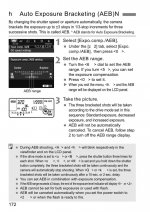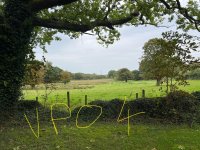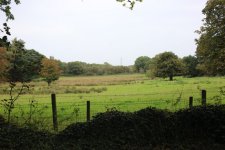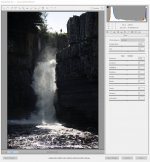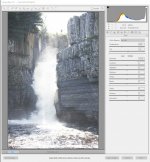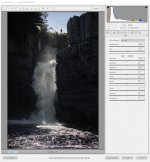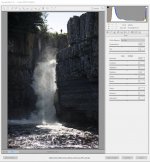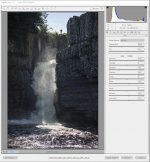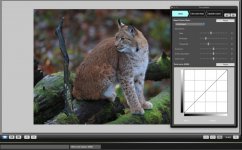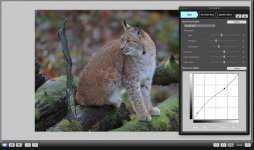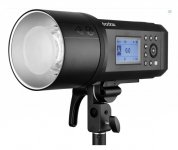I've attached some JPEGS to show what a 5D3 could give from a shot I took of High Force in bright sunlight (sadly the time of day and viewing position dictated I couldn't avoid such harsh direct light in my face!). Essentially your iPhone is doing this automatically as 99.9% of users aren't going to know/care about what it takes to get a balanced image. However a large proportion of 5D3 users will care and will want to do this editing (it was marketed at professional and high end consumers upon release).
Straight out of camera - blown out sky and little detail in the rock face.
View attachment 417667
Just bringing up the exposure shows the detail is there - however this just blows out the sky more.
View attachment 417668
If we reset the exposure, then play with the shadows and highlights sliders you can see how it only affects the darker/lighter parts of the frame.
View attachment 417669 View attachment 417670
Then if you play about with them at the same time you can get a more balanced image. If you wanted to take this a stage further you can always take multiple photos at different exposures and blend, or you can take the file and create layers for sky/details/foreground etc. and build a composite image but that sounds like more than you want to do, however I hope this shows that the camera and lens combo you have are more than enough, its just understanding what you want from the image and knowing what you need to do to get it there and do what we take for granted from our smartphone cameras.
View attachment 417671


